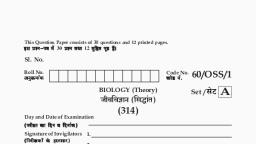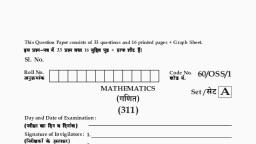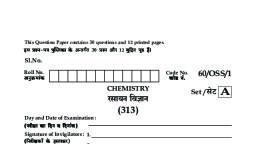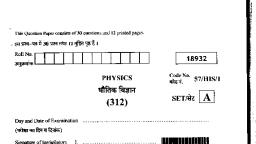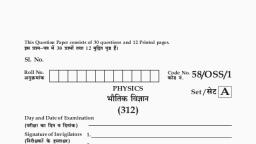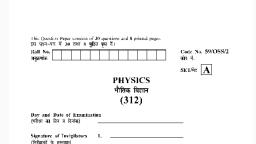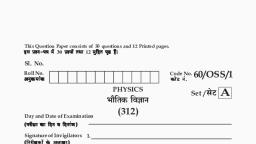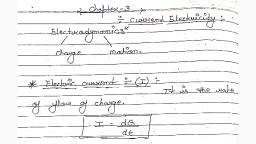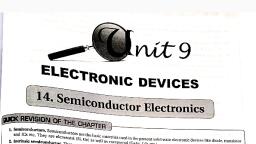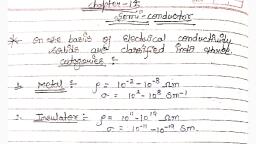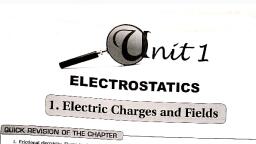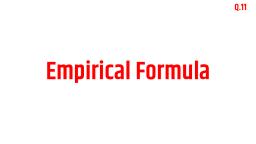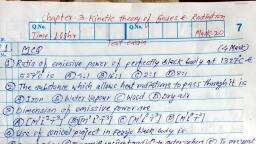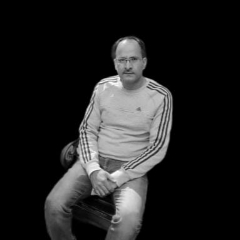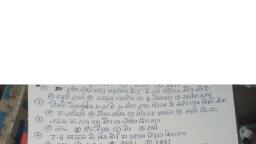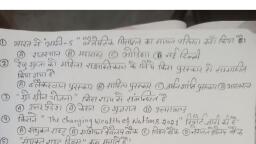Question 1 :
An electron of mass m. initially at rest takes time $t_1$ to move a distances in a uniform electric field in the same field environment, a proton of mass mp initially at rest takes time $t_2$ to move the same distance (in the opposite direction). Ignoring gravity, the ratio $t_2/t_1$ is<br>
Question 2 :
If $\oint _{ s }^{  }{ \overrightarrow { E } .\overrightarrow { d } s } =0$ over surface, then
Question 3 :
The velocity of proton is proportional to (where $v$ is frequency)
Question 4 :
The force between two point charges placed in a material medium of dielectric constant $\varepsilon_r$ is $F$. If the material is removed, then the force between them becomes:
Question 5 :
State whether true or false :Electric flux through a closed surface is equal to total flux due to all the charges enclosed within that surface only.
Question 7 :
The specific charge of a proton is $\displaystyle 9.6\times { 10 }^{ 7 }C/kg$. The specific charge of an alpha particle will be:
Question 8 :
An uncharged insulator can be charged by ______ with another suitable body.<br/><br/>
Question 9 :
State whether true or false.<br/>Metals as compared to non-metals are generally bad conductors of electricity.<br/>
Question 10 :
The charges from one body can be Transferred to another body but the total charge of a system ...........<br>
Question 11 :
<span class="wysiwyg-font-size-small"><span class="wysiwyg-font-size-small"><p class="wysiwyg-text-align-left"><span class="wysiwyg-font-size-small"><span class="wysiwyg-font-size-small">Two unlike charges separated by a distance of $1m$ attract each other with a force of $0.108N$<span class="wysiwyg-font-size-small"><span class="wysiwyg-font-size-small">. If <span class="wysiwyg-font-size-small"><span class="wysiwyg-font-size-small">the charges are in the ratio $1:3$<span class="wysiwyg-font-size-small"><span class="wysiwyg-font-size-small">, the weak charge is :</p>
Question 12 :
The electric field at a point $5 cm$ from a long line charge of density $2.5 \times 10^{-6} cm^{-1}$ is :
Question 13 :
The electric field at point P just outside the outer surface of a hollow spherical conductor of inner radius 10 cm and outer radius 20 cm has magnitude 450 N/C and is directed outward. When an unknown point charge Q is placed at the center of the sphere, the electric field at point P is still pointing outward but is now 180 N/C. What is the value of charge Q?<br/>
Question 15 :
A charge q is distributed over two spheres of radii R and r such that their surface densities are equal. What is the ratio of the charges on the spheres?
Question 16 :
A laser beam of pulse power ${ 10 }^{ 12 }W$ is focussed on an object of area ${ 10 }^{ -4 }{ cm }^{ 2 }$. The energy flux in $W/{ cm }^{ 2 }$ at the point of focus is
Question 18 :
The total electric flux through a closed surface is equal to
Question 19 :
A ball of radius R carries a positive charge whose volume charge density depends only on the distance r from the ball's centre as: $\rho=\rho_0(1-\dfrac {r}{R})$ where $\rho_0$ is constant. Assume $\epsilon$ as the permittivity of the ball.<br/>Then the magnitude of the electric field as a function of the distance r outside the ball is given by :
Question 20 :
A sphere of radius R carries charge such that its volume charge density is proportional to the square of the distance from the center. What is the ratio of the magnitude of the electric field at distance 2R from the center to the magnitude of the electric field at a distance of R/2 from the center?

